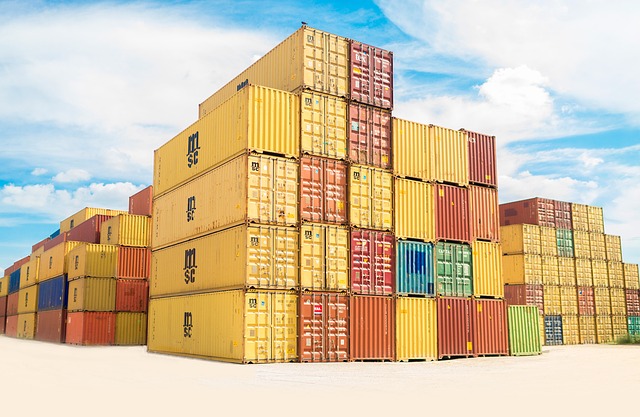China's cystine export surging amid low prices
Publish time:4/4/2018 12:00:00 AM Source: CCM
Information collection and data processing: CCM For more information, please contact us
China's export volume of cystine surged at the beginning of 2018, mainly attributed to the demand surge in Russia and Germany. The trend is similar to the one in the first half of 2017.

According to data by China Customs, the export volume of cystine exported in China in January 2018 went up by 137.29% MoM as well as 31.50% YoY. Further in February, the export volume continued to increase by another 60.08% MoM and 825.18% YoY. According to market intelligence firm CCM, the increases in export volume can be explained by the low prices that are currently witnessed in China’s cystine market.
The European and American countries, Japan, and more developing countries are the importers. However, the lack of R&D abilities has put China a lower place in the value chain. The whole cystine industrial chain, including cystine, cysteine, acetylcysteine, and s-carboxymethyl-l-cysteine, should be the development trend.
Great fluctuations were seen in the export volume during the first six months of 2017. The figure surged in January but quickly declined in February again. Then it climbed up in March and further increased to the highest monthly record of H1 in May. Similar to the current development, the recovery in export volume was mainly boosted by the declines in export prices.
The information for this article comes from CCM, China’s leading market intelligence provider for the fields of agriculture, chemicals, food and feed.
Follow CCM on Twitter: CCM_Kcomber